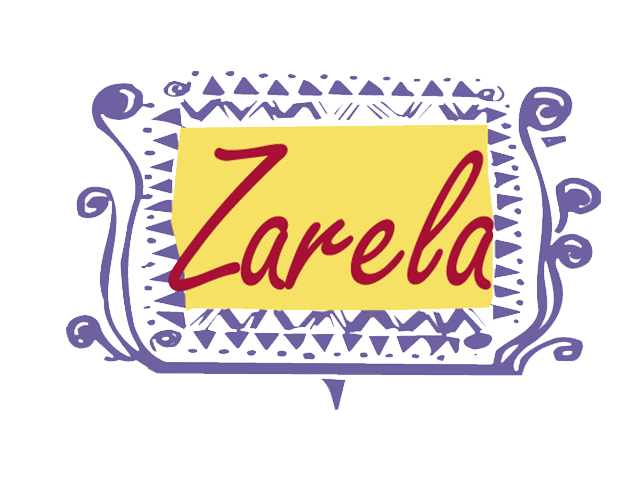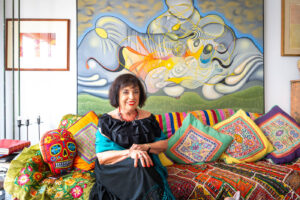 The first fiesta de pueblo, town feast, I attended was in 1985 in San Cristobal de las Casas, Chiapas.
The first fiesta de pueblo, town feast, I attended was in 1985 in San Cristobal de las Casas, Chiapas.
I have come at the time of a major local festival, the feast of the city’s patron, St. Christopher. The celebration begins a week before St. Christopher’s day, July 25. Each of the seven major Indian villages of the region is in charge of conducting one procession at dawn to the church of San Cristobal, to pay homage at the altar. The town band leads the way as the entourage carries the statue of the saint to the church, which is decorated for the day in the village colors. The last ten steps of the church are covered with fresh pine boughs, so that the purifying fragrance is released as you step on them.
St. Christopher’s feast itself is one of the most beautiful fiestas I remember.
We start out from Na Bolom at night, our way lighted by the castillos (revolving fireworks mounted on high towers) that punctuate every Mexican celebration like great pinwheels of fire.
It is a steep climb to the church, up hundreds of cobbled steps with (luckily) several landings where you can buy something to eat or drink. There are the inevitable and great roasted ears of corn with chile and lime juice. I stop to buy some ponche — not the innocent milkshake-like drink I grew to detest in Guadalajara, but a potent hot toddy made with pineapple, ginger, a cinnamon infusion, and a hefty dose of aguardiente (cane liquor) with marquesote, a type of pound cake, crumbled into it. We reach the top out of breath and flushed from the altitude, the exertion, and the liquor.
The church grounds are narrow and crowded, surrounded by a low wall to keep people from falling off the steep edge. Musicians are everywhere playing different songs. People are dancing to the strains of a tropical band behind the church. Everybody is drinking too much, but nothing gets out of hand. We see many French and German tourists, few Americans. (Na Bolom’s founders, Frans and Gertrude Blom, have created great interest in the Indian cultures of Chiapas among Europeans, but so far San Cristobal has not attracted a great American throng.) I see games in progress, primitive games of chance like coin-tossing and a board-game called la loteria, featuring cards divided into areas with pictured images like parrots, coins, soldiers. Each is called out as it is drawn and a bean is placed over that part of the card. Whoever fills his card up first wins.
I explore the beautifully arranged candy stands. Tejocotes in almibar, small syrup-drenched fruits that are said to be from a kind of hawthorn. They have little pulp and a large woody core that absorbs all the aguardiente syrup. Cocadas, blocks of snowy white coconut candy with shocking pink edges. Jamoncillos (“little hams”), praline-like candies with a perfect pecan half in the center. I can’t go away without trying the chicle gums displayed in tutti-frutti colors. Then there’s the churros stand, where the woman is squeezing a batter through a pastry star-tube into hot oil and fishing out the crisp, ridged pastries to roll them in sugar — greasy and sweet and delicious.
(Down in the plaza they sell a version of the same thing filled with chocolate.)
At last I go into the church and am overwhelmingly moved. It is lit with thousands of votive candles. Flowers are everywhere. At the foot of the altar
an Indian family forms one of those incredible blazes of color I will always associate with this part of Chiapas: they are holding bright red gladioli and wearing shocking pink shawls and vests. The man is on one knee, hat in hand, with the multi-colored ribbons sweeping the floor. To one side of the altar four elderly men play religious songs on a worn harp, an out-of-tune violin, and two guitars. The melody pulls at my heart. Then I hear another note. It is a bird singing. Someone has left a cage with a chonte, a mockingbird, in front of the statue of the saint. I walk up and read the note fastened to the cage:
“Thank you for granting me special favors. I have nothing to give you but this song.”
I kneel and bless myself and thank God for letting me be a part of it.

